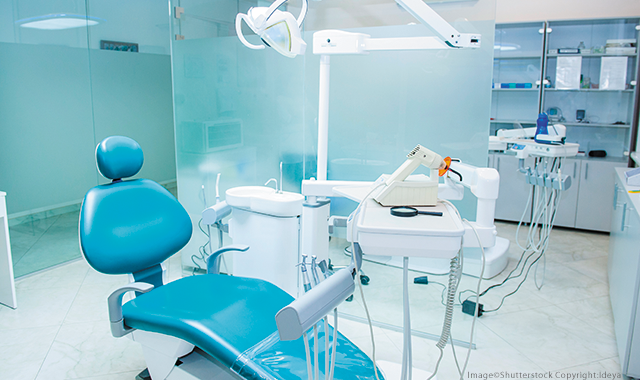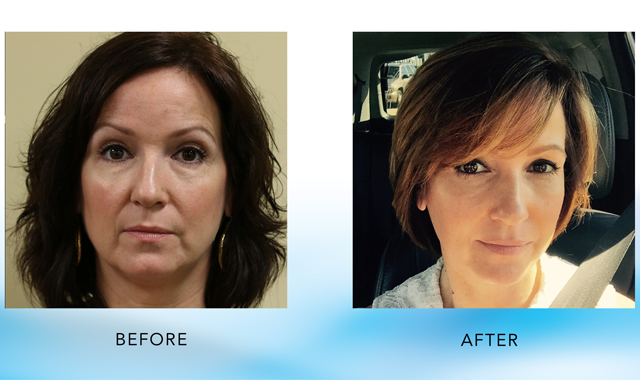Why isn’t your practice growing?
If your practice isn’t growing, maybe it’s time to stop blaming external circumstances and look at what you can change.

I don’t know about you, but I’m pretty tired of reading doomsday articles about dentists and dentistry. Many times, dentists research articles about the future of dentistry and come to the wrong conclusions based on the data.
Anyone who compiles data and conducts statistical research will tell you that’s the wrong way to look at a research paper. It’s up to you to understand the data and learn how you can improve your practice. Don’t let data become a self-fulfilling prophecy for you. The conclusions reached for any research study are the authors’ suggestions for lessons for you to decide how you want to move forward based on the data.
Related article: The top 5 ways cosmetic dentistry can benefit your practice
Let me give you a good example. The American Dental Association Health Policy Institute (ADA HPI) is an excellent resource for any thinking dentist. Marko Vujicic, PhD, who runs the HPI, conducts outstanding research on the state of dentistry, and it’s well worth your time to follow his research if you’re interested in the important global issues that impact your practice.

The HPI released a report on this year’s State of the Dental Market: Outlook 2018. I recently read an article by an author who used this data (and other research) to predict calamity for dental professionals saying, “The dental industry is broken.”
Come on, let’s get real. Yes, we have challenges in dentistry and there’s no question that we have to confront these challenges head on. Let’s take a look at some of the takeaways reported in the State of the Dental Market: Outlook 2018:
- The supply of dentists continues to grow.
- Practice ownership rates are declining among all age groups. The share of dentists in DSOs increased in 2016.
- Dentist reimbursement (paid amount) has declined in the vast majority of states.
- Dentist busyness - 65 percent of all dentists reported this was the same or down compared to the previous year, while 35 percent of all dentists reported an increased patient volume from the previous year.
What the data really means
Let me give you my interpretation of this research. First, more dentists means more competition, so you and I have to find more ways to differentiate our practices in a positive way and give patients a reason to choose our practice. Second, practice ownership rates are going down because dentists are finding it harder to compete, especially in the areas involving dental insurance. Third, dental reimbursement rates are going down, which means that dentists who base their office income on dental insurance reimbursements, as the saying goes, need to work twice as hard for less money (and anecdotally, that may be pretty close to the truth). Dental insurance regulations and reimbursements are harder than ever to deal with, so why should dentists stay in private practice?
Now, let’s go with the busyness data. Most people will focus on the 65 percent who were the same or down. Ask yourself this: Why were 35 percent of dentists busier? What are they doing that the other 65 percent weren’t doing?

As president of the American Academy of Facial Esthetics (AAFE) with more than 15,000 dentists trained over the last 10 years, I can venture a solid guess. The AAFE regularly does member surveys and our members are busier and more productive on average than previous years. The 35 percent of all dentists who were busier than the previous year were adding new elective services to their practices that patients want and will pay for. They’ve decreased their dependence on dental reimbursement and in the case of AAFE members, are providing the No. 1 and No. 2 most popular esthetic services - BOTOX and dermal fillers. These dentists want to stay in private practice because they’re busy and profitable.
Related article: Could Botox be the answer to your problems?
It’s time for you to take a new look at your practice and decide: Are you going to use good research data on the future of dentistry as an excuse for why you’re not busy? Or are you going to use that research to propel your practice to success by adding new services to your practice that are insurance free and that patients are paying for elsewhere? It’s time for you to get trained in BOTOX and fillers today!
Oral Health Pavilion at HLTH 2024 Highlighted Links Between Dental and General Health
November 4th 2024At HLTH 2024, CareQuest, Colgate-Palmolive, Henry Schein, and PDS Health launched an Oral Health Pavilion to showcase how integrating oral and general health can improve patient outcomes and reduce costs.
Episode 31: Dentsply Sirona Implant Announcements
September 30th 2021DPR’s Editorial Director Noah Levine sat down with Gene Dorff, Dentsply Sirona’s group vice president of implants and Dr. Dan Butterman to review several big announcements the company made in the arena of implants during Dentsply Sirona World 2021 in Las Vegas.